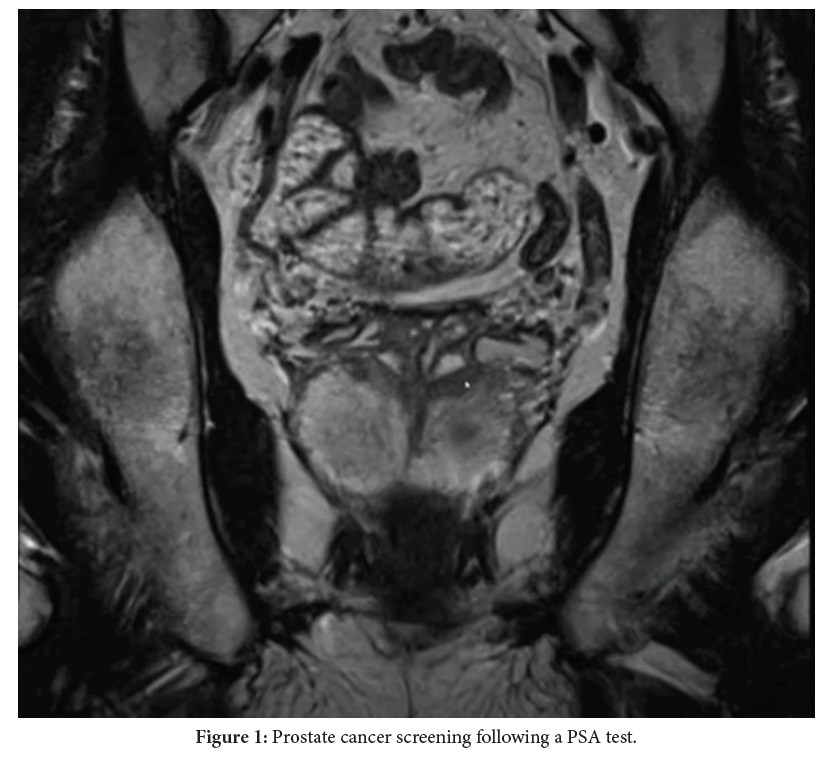2376-0249
Clinical-Medical Image - International Journal of Clinical & Medical Images (2023) Volume 10, Issue 1

Author(s): Monique Roobo*
Department of Urology, University Medical Center Rotterdam, 3015 GD Rotterdam, The Netherlands
Received: 02 January 2023, Manuscript No. ijcmi-23-96505; Editor assigned: 03 January 2023, Pre QC No. P-96505; Reviewed: 17 January 2023, QC No. Q-96505; Revised: 23 January 2023, Manuscript No. R-96505; Published: 30 January 2023, DOI:10.4172/2376-0249.1000872
Citation: Roobo M. (2023) PSA Test is the Use of MRI: Cost-Effective Method for Prostate Cancer Screening. Int J Clin Med Imaging 10:872.
Copyright: © 2023 Roobo M. This is an open-access article distributed under the terms of the Creative Commons Attribution License, which permits unrestricted use, distribution, and reproduction in any medium, provided the original author and source are credited.
Prostate cancer screening using MRI after PSA testing can be a cost-effective strategy, depending on various factors. PSA (prostate-specific antigen) is a blood test commonly used to screen for prostate cancer. However, PSA testing has limitations, including a high false-positive rate, which can lead to unnecessary biopsies and overtreatment. MRI (magnetic resonance imaging) is a non-invasive imaging technique that can detect prostate cancer with high accuracy and specificity. Several studies have suggested that using MRI after PSA testing can improve the accuracy of prostate cancer detection, reduce the need for unnecessary biopsies and potentially decrease healthcare costs. However, the cost- effectiveness of this strategy depends on the specific context and assumptions of the analysis. Factors that can affect cost-effectiveness include the prevalence of prostate cancer in the population, the sensitivity and specificity of the PSA test and MRI, the cost of the tests and the cost of subsequent treatments. Overall, while MRI after PSA testing may be a promising strategy for prostate cancer screening, further research is needed to fully understand its cost-effectiveness in different populations and healthcare settings [1,2].
Prostatic neoplasms; Prostate cancer; Active surveillance; Expectant management
None.
The authors declare no conflict of interest.
[1] Thompson IM, Ernst JJ, Gangai MP and Spence CR. (1984). Adenocarcinoma of the prostate: Results of routine urological screening. Urol J 132: 690-692.
Google Scholar, Crossref, Indexed at
[2] Neppl-Huber C, Zappa M, Coebergh JW, Rapiti E and Rachtan J, et al. (2012). Changes in incidence, survival and mortality of prostate cancer in Europe and the United States in the PSA era: Additional diagnoses and avoided deaths. Ann Oncol 23: 1325-1334.
 Awards Nomination
Awards Nomination

